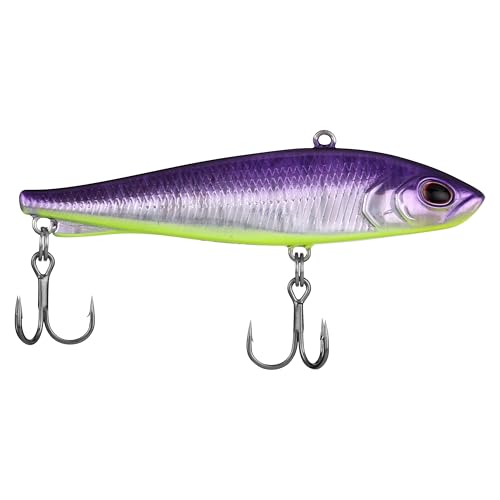In an article published in October 2009, Ron Brooks stepped through the pros and cons of Braided line versus Monofilament.
Ron bases his comparison on 4 physical characteristics — visibility, diameter, stretch and memory.
Visibility
Monofilament and its cousin, fluorocarbon, both become transparent underwater with fluorocarbon being the better choice when invisibility is important – clear water conditions. Braided line, on the other hand, remains distinctly visible. Obviously, the way to overcome this is to add a leader made out of either monofilament or fluorocarbon to the end of your braided line. Fly anglers have been doing this for centuries with a leader and tippet combination appended to their fly line. Since braided line may cut the softer monofilament, it’s important to pick the right knot to join these two types of line. A quick survey of various Internet sites reveals that the Double Uni knot is the best one to use for a braided application. Here’s a link that shows you how to tie that knot.
Diameter
Braided line is significantly thinner than monofilament and, to a certain extent, this helps with the visibility problem. I recently bought a package of 15 pound test Fireline braided line and the label noted that it had a diameter equivalent to 4 pound test. Not bad. But this advantage can also be a disadvantage and the back of the package confirmed what Ron says in his article. A key problem with braided line is something called “dig-in”. Braided line has a tendency to dig into the spool when put under stress and can create a huge mess. Ron indicates this is mostly a problem with the heavier weight line rather than the smaller line diameter versions. Given that Ken Penrod recommends 8 pound test for smallmouth bass, I think a 15 pound test with a diameter equivalent to 4 pound is a pretty good deal. However, I also need to note that Ken does not like braided line. He prefers having the stretch that monofilament provides. He qualifies this by saying that if you have a hard time detecting strikes, then you are probably better off using braided line since if you cannot detect a strike, you will not catch a fish.
Stretch
As indicated above, braided line does not stretch while monofilament does.. Stretch can be the difference between detecting a strike and missing a fish. Ron writes and Ken confirms that you will get a better hook set on braided line; particularly in deep water. Ron goes on to say that if you use braided line, you need to set your drag at a lower setting. With its built-in stretch, monofilament provides a cushion that is not present in braid. Therefore, you need a gentler drag setting to keep from tearing the hook out once you set it.
Memory
As we will all discover this spring when we put new line on our reels, monofilament has a definite memory. Braided line does not. For casual anglers who may not fish as much as they would like, this is important. While tournament pros may change their line every night, I’m only motivated to do this once a season. Therefore, using monofilament line, I’m guaranteed that by September or October the line will spin out in tight circles and that’s when I normally have more “birds nests” than earlier in the year. Since it is so close to the end of the season, I blow it off with a shrug of my shoulders and rationalize that I only have a few more trips before putting everything away for the winter anyway. I am hopeful that by switching to braided line this year, I will avoid that problem.
My bottom line is that this is the year I will give braid a good workout. I’ll keep you posted as we move through smallmouth season and let you know how it goes.
Tell a friend about this article by clicking on this link
Unless stated otherwise, this article was authored by Steve Moore


